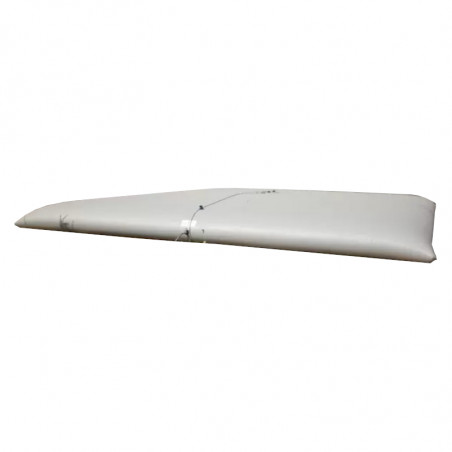Domesticated sows are motivated to perform nesting behavior prior to farrowing, and nesting material can reduce piglet cold stress. However, nesting material may not be practical in most production systems due to the potential for clogging slurry systems. Therefore, the study objectives were to assess an alternative nesting material provided prior to farrowing on sow welfare and piglet survival, and to investigate the effect of the entire nesting environment on piglet survival and growth performance. We hypothesized that the provision of jute nesting material would decrease sow stress and farrowing duration, and that nesting mat provision would allow piglets to remain euthermic and improve survival and growth. Sows (N = 20) were randomly assigned to one of two treatments: a farrowing crate with three pieces of 40.6 × 21.6 cm jute nesting material (Nest; n = 10) and two enriched piglet mats made from an acrylic board (28.0 × 86.4 cm) covered with a microfiber material, or a farrowing crate without nesting material (Control; n = 10) and one standard plastic piglet mat (28.0 × 86.4 cm). Jute pieces were attached to the front of the crate to prevent substrate from falling through the slatted floors. Saliva samples were collected to measure cortisol and immunoglobulin A (IgA), on days −1, 0, 1, and 2 relative to farrowing, and a final sample was collected at weaning (day 16.9 ± 0.18). Blood was collected from four piglets per litter to measure immunoglobulin G (IgG) at 48 h, day 7, and weaning. Piglet skin temperature was measured on two piglets per litter using an infrared camera for 3 d after birth at 0800, 1200, 1600, and 2000 h. One piglet was randomly chosen from the heat lamp and nonheat lamp side of the crate to measure piglet skin temperature. Video was continuously coded for observations of jute- and crate-directed interactions. Data were analyzed as a mixed model analysis of variance in SAS 9.4.
Nest sows performed less crate-directed behavior than Control sows. Cortisol tended to be reduced in Nest sows when compared to Controls, but no differences in IgA concentrations were detected. Nest piglets tended to be heavier on day 7, had greater IgG concentrations, and had greater piglet skin temperature versus Controls. No farrowing duration or number of stillbirth differences were observed.

The jute material and piglet nests positively impacted sow welfare and piglet measures but did not translate into improved piglet survival.
Markland L, et al. Investigating the effects of jute nesting material and enriched piglet mats on sow welfare and piglet survival. Translational Animal Science. 2023; 7(1): txad076. https://doi.org/10.1093/tas/txad076




